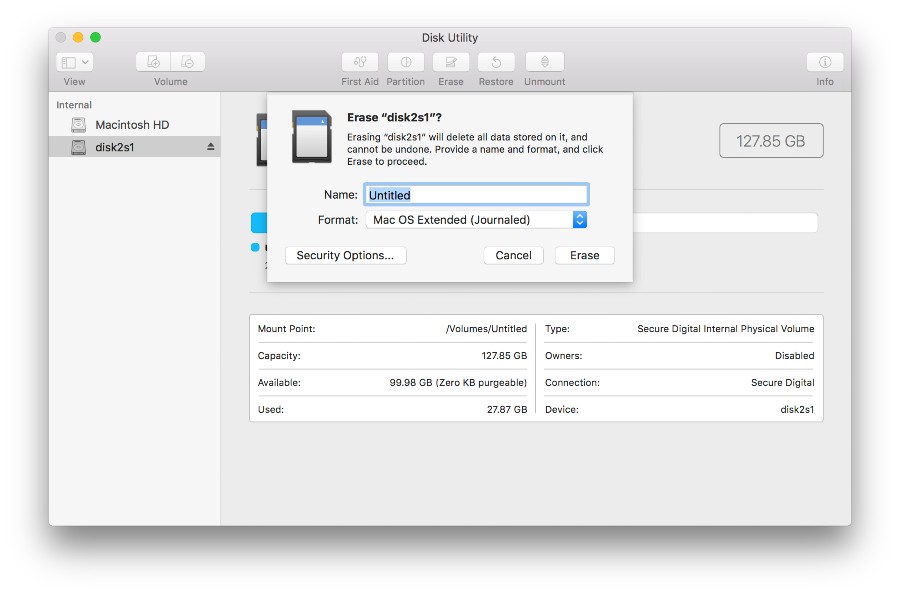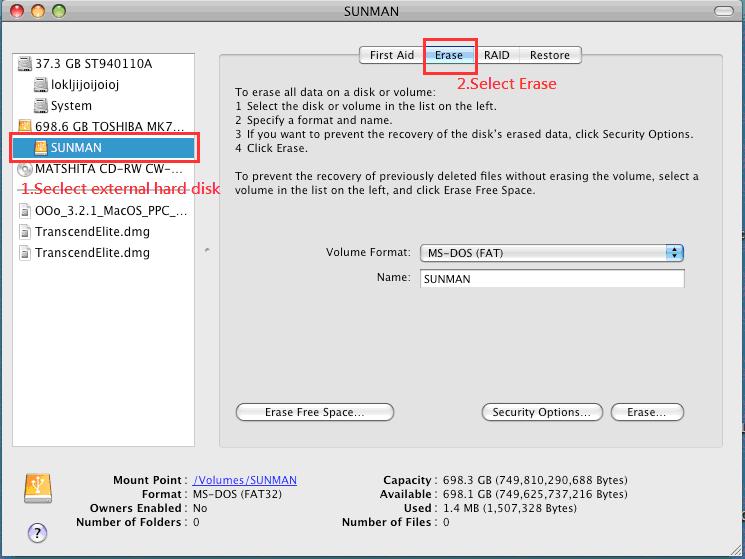
 If you plan to use your drive for File History backups on a Windows computer, and you use only Windows, stick to NTFS (New Technology File System). So how do those five file systems differ, and which one is right for you? Non-Linux computers can use five main file systems: NTFS, HFS+, APFS, exFAT, and FAT32. If you use a Mac, the likelihood that you’ll have to reformat the drive is higher. But if you buy a drive secondhand or if you plan to switch between operating systems, you may still need to reformat it for use on Windows. You can also buy a program called MacDrive that lets Windows computers read MAC-formatted HFS+ drives.If you buy an external drive-such as one of our recommended portable or desktop hard drives, portable solid-state drives, or USB 3.0 flash drives-you may need to reformat it to work with your operating system of choice, since different operating systems use different file systems to process data.Īlthough it’s true that any drive is compatible with both Windows and macOS once it’s formatted properly, most drives come preformatted for Windows out of the box. See my video called Read and Write NTFS in OS X for more info on that. There is way around that by using the free MacFUSE to help OS X to write to NTFS.
If you plan to use your drive for File History backups on a Windows computer, and you use only Windows, stick to NTFS (New Technology File System). So how do those five file systems differ, and which one is right for you? Non-Linux computers can use five main file systems: NTFS, HFS+, APFS, exFAT, and FAT32. If you use a Mac, the likelihood that you’ll have to reformat the drive is higher. But if you buy a drive secondhand or if you plan to switch between operating systems, you may still need to reformat it for use on Windows. You can also buy a program called MacDrive that lets Windows computers read MAC-formatted HFS+ drives.If you buy an external drive-such as one of our recommended portable or desktop hard drives, portable solid-state drives, or USB 3.0 flash drives-you may need to reformat it to work with your operating system of choice, since different operating systems use different file systems to process data.Īlthough it’s true that any drive is compatible with both Windows and macOS once it’s formatted properly, most drives come preformatted for Windows out of the box. See my video called Read and Write NTFS in OS X for more info on that. There is way around that by using the free MacFUSE to help OS X to write to NTFS. 
NTFS can handle files larger than 4GB, and OS X can read to it, it just can't write to it. But if you're doing large video files, it's not going to work. If you're mainly working with Web pages or audio, that's fine. You cannot create a file larger than 4GB.

And then press erase.Īnd press erase again to confirm that you REALLY want to erase it. Under Volume format, choose MS-DOS (FAT) That's FAT32. Remember, you are destroying every last shred of data on this USB drive. Again MAKE SURE you click on the right one. I usually just press Command-Space and type "disk utility" into Spotlight to find it.Ĭlick on the drive you just connected. Pres OK to affirm you really want to destroy the data on this hard drive.







 0 kommentar(er)
0 kommentar(er)
